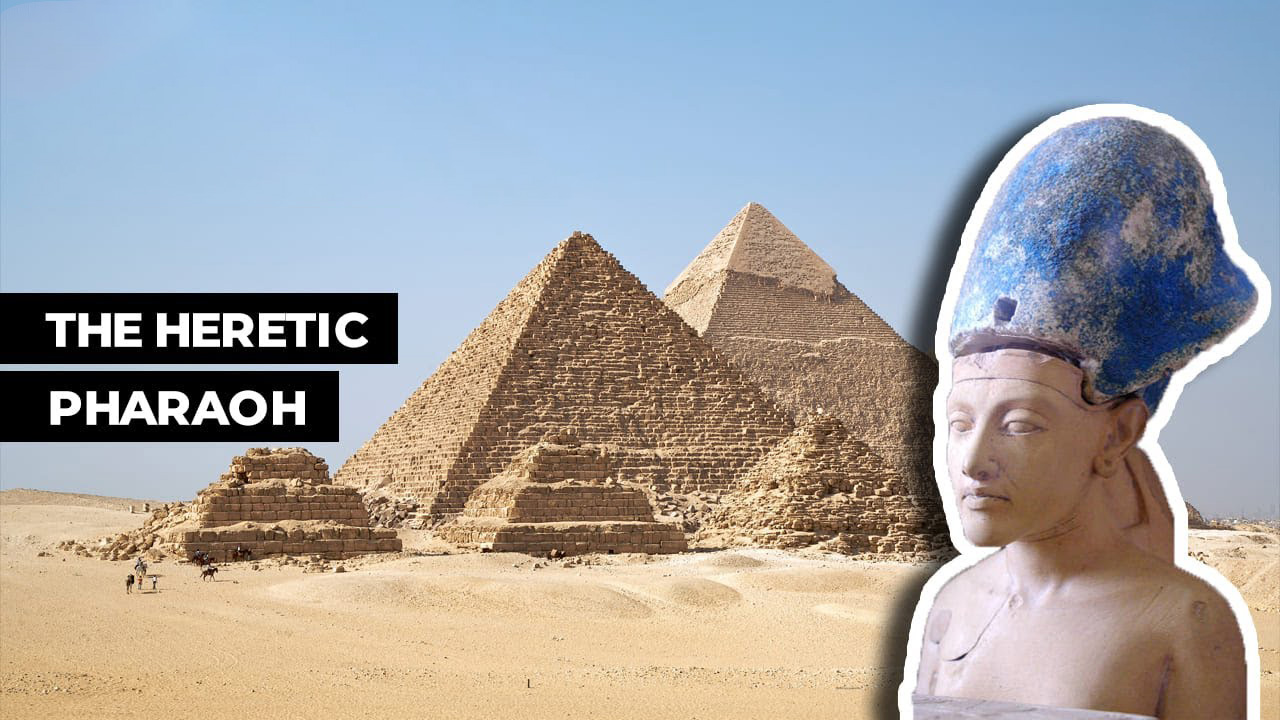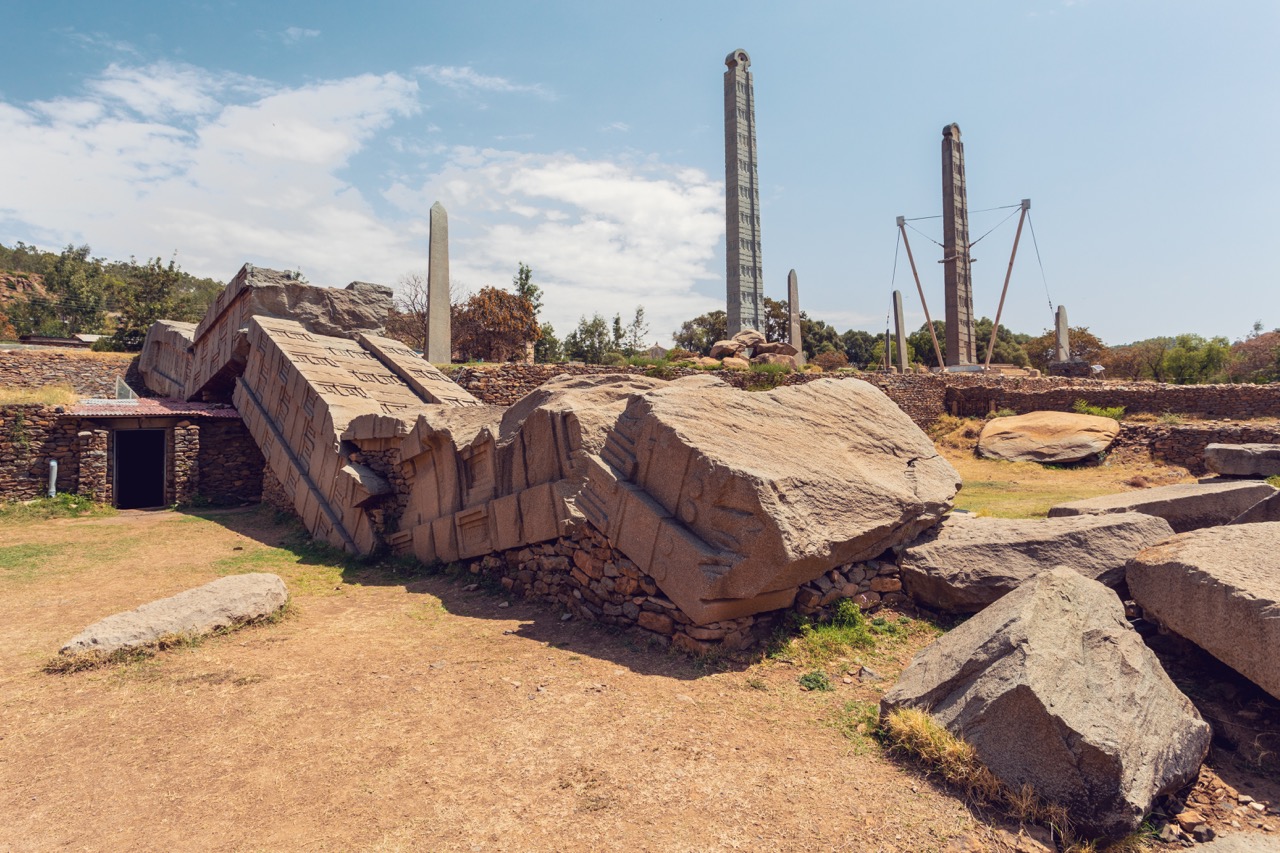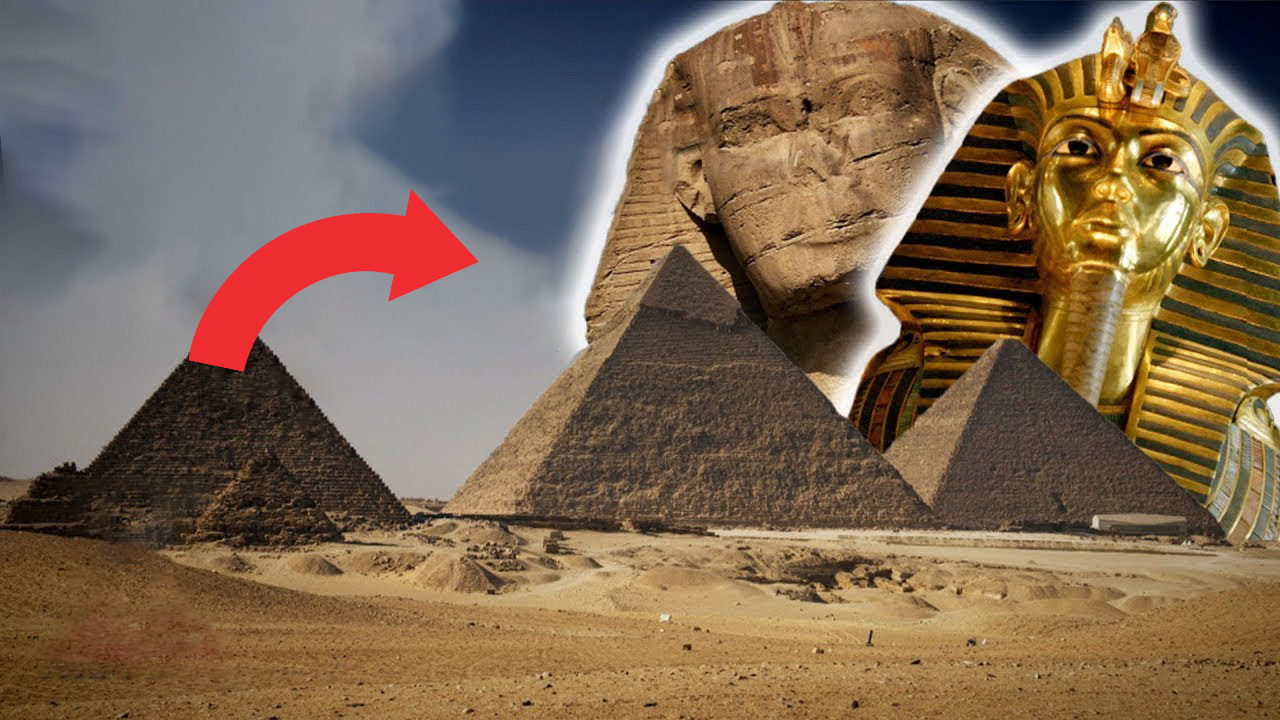Akhenaten: Egypt’s Revolutionary Pharaoh and the Birth of Monotheism
The Radical Reign of Akhenaten
Akhenaten, an ancient Egyptian ruler of the 18th Dynasty, remains one of the most controversial and enigmatic pharaohs in history. His revolutionary reign, which lasted from approximately 1353 to 1336 BC, brought about significant cultural, religious, and political changes, challenging the status quo of the time and leaving a lasting impact on ancient Egypt.
The Birth of Monotheism: Worship of Aten
One of the most significant aspects of Akhenaten’s rule was his introduction of monotheism, a belief in a single deity. Breaking away from Egypt’s polytheistic traditions, Akhenaten shifted focus to the worship of Aten, the sun disk. This transformative religious shift led to the closure of temples dedicated to other gods, causing significant upheaval among the populace and the priesthood.
The Rise of Amarna Art: A Departure from Tradition
Akhenaten’s reign also marked the emergence of the Amarna art style, a distinct departure from the conventional artistic traditions of ancient Egypt. Amarna art showcased more naturalistic, expressive depictions of the royal family and daily life. This contrasted with the rigid, formal style previously seen in Egyptian art, reflecting the broader changes brought about by Akhenaten’s rule.
Akhetaten: The New Capital City
To further solidify his religious revolution, Akhenaten founded a new capital city called Akhetaten (modern-day Amarna) in honor of Aten. This city became the center of the new monotheistic religion and a showcase for the Amarna art style. By moving the capital, Akhenaten distanced himself from the traditional power centers of Thebes and Memphis, further emphasizing the break from the past.
The Mystery Surrounding Akhenaten’s Family
Akhenaten’s family life has long been a subject of fascination and speculation. He was married to the famous Nefertiti, renowned for her beauty and influential role in the new religious order. The couple had six daughters, but the question of a male heir has fueled much debate. Many believe that Tutankhamun, Akhenaten’s presumed successor, was his son, though this remains a topic of ongoing research.
Akhenaten’s Legacy: Restoration of the Old Order
After Akhenaten’s death, Egypt witnessed a swift return to its traditional polytheistic religion, and many of the changes he instituted were reversed. Akhetaten was abandoned, and the capital returned to Thebes. Akhenaten’s name was erased from official records, and his monuments were defaced in an attempt to erase his revolutionary impact on Egyptian history.
The Rediscovery of Akhenaten: A Lasting Enigma
Modern archaeologists and Egyptologists have been piecing together the story of Akhenaten’s reign for over a century. His radical religious reforms, unconventional artistic style, and mysterious family life have made him a figure of enduring fascination. Although much of his legacy was intentionally erased, Akhenaten’s impact on the ancient world and his role in the birth of monotheism remain significant.
In conclusion, Akhenaten’s reign marked a pivotal moment in ancient Egyptian history, as he introduced a monotheistic religion, an innovative art style, and a new capital city. Though his revolutionary changes were ultimately short-lived, they left a lasting impression on Egypt’s cultural and religious landscape, making him one of the most intriguing and debated pharaohs in history.
I am the Librarian, and I, together with the guardians of the Ancient Library, curate content for this site. Welcome, and enjoy your stay.





